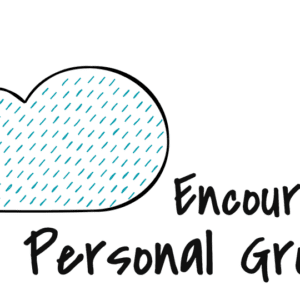A supportive and safe learning environment is vital for student success. It nurtures a sense of belonging, encourages participation, and promotes both academic and personal growth. This article provides insights on how educators can create such an environment in their classrooms.

Understanding a Supportive and Safe Learning Environment
A supportive and safe learning environment is one where all students feel comfortable, respected, and valued. They feel free to express their thoughts, ask questions, and make mistakes without judgment. A supportive environment promotes positive relationships, inclusivity, and respect for diversity.
Benefits of a Supportive and Safe Learning Environment
A supportive and safe learning environment offers several benefits:
- Promotes Engagement: When students feel safe and supported, they are more likely to engage actively in learning.
- Enhances Self-esteem: This environment fosters a positive self-concept, as students feel valued and accepted.
- Fosters a Love for Learning: Students are more likely to enjoy learning and pursue it enthusiastically when they feel secure and supported.
- Boosts Academic Achievement: Students perform better academically in a positive, nurturing environment.
Strategies for Creating a Supportive and Safe Learning Environment
1. Set Clear Expectations
Establish and communicate clear expectations for classroom behavior. Encourage respect, cooperation, and kindness, and ensure students understand the consequences of negative behavior.
2. Foster Positive Relationships
Take time to build positive relationships with your students. Show interest in their lives, listen to their concerns, and celebrate their achievements.
3. Encourage Open Communication
Promote an environment where students feel comfortable expressing their thoughts, ideas, and feelings. Encourage questions and discussions to foster open communication.
4. Respect Diversity
Value and respect diversity in your classroom. Teach students to appreciate different cultures, languages, and perspectives.
5. Provide Emotional Support
Recognize and respond to students’ emotional needs. Show empathy, offer encouragement, and provide support when students are facing difficulties.
6. Create a Physically Safe Environment
Ensure the physical safety of your students by maintaining a clean, organized, and hazard-free classroom.
7. Incorporate Social-Emotional Learning
Teach social-emotional skills such as empathy, self-regulation, and conflict resolution. These skills can help create a more supportive and respectful classroom environment.
Conclusion
Creating a supportive and safe learning environment is crucial for effective teaching and learning. By implementing the strategies suggested above, educators can cultivate an atmosphere that fosters student engagement, enhances self-esteem, and ultimately, boosts academic achievement.



